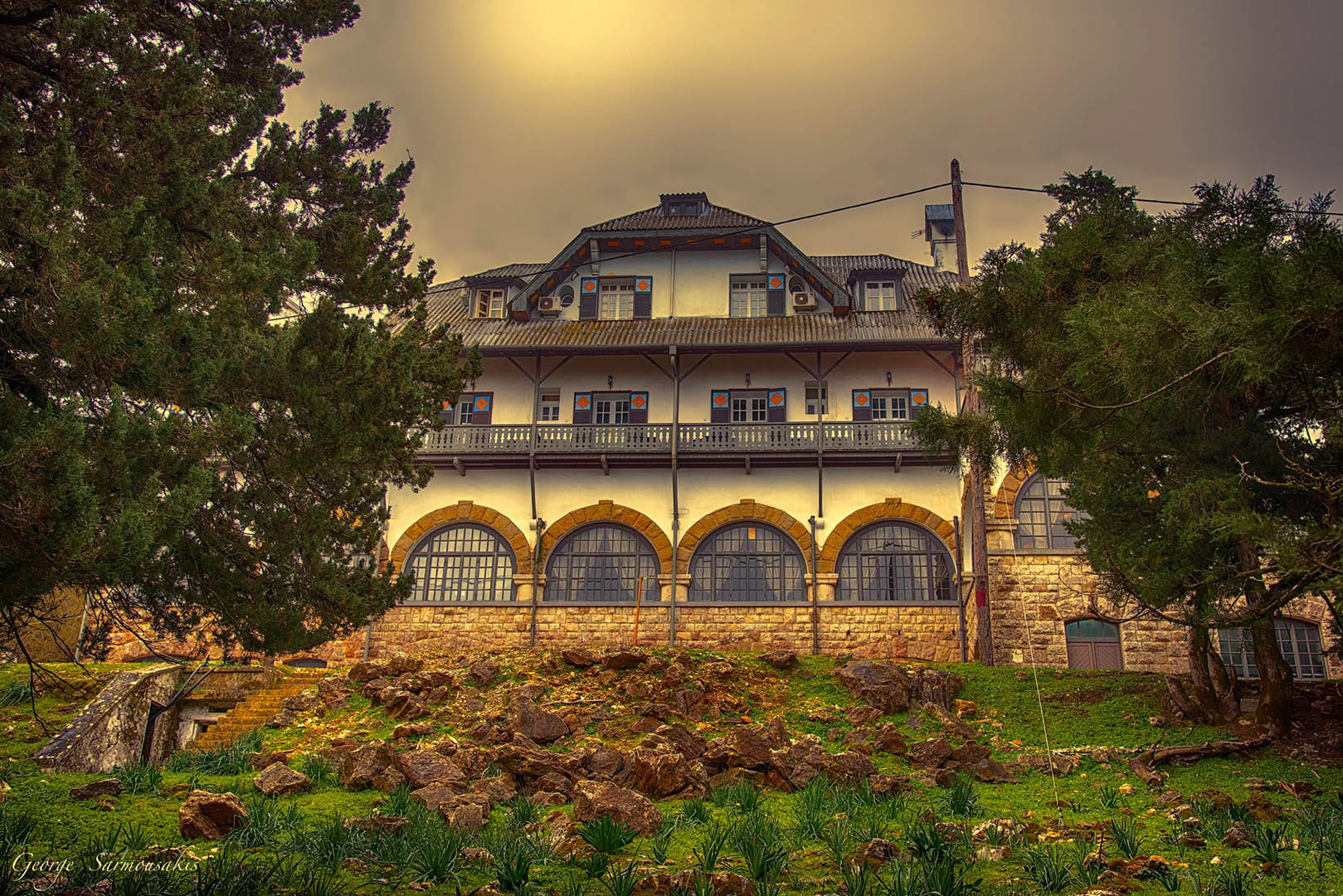
The recent fires in Rhodes may have destroyed acres of natural beauty, but they showed the determination of the people of Rhodes to “green again” the island and keep alive the tourist success story written by several entrepreneurs of the island.
One such success story is that of the iconic Elafos hotel, which has linked its name to the tourist history of Rhodes. And today, despite the difficulties, is trying to play the card of winter tourism. 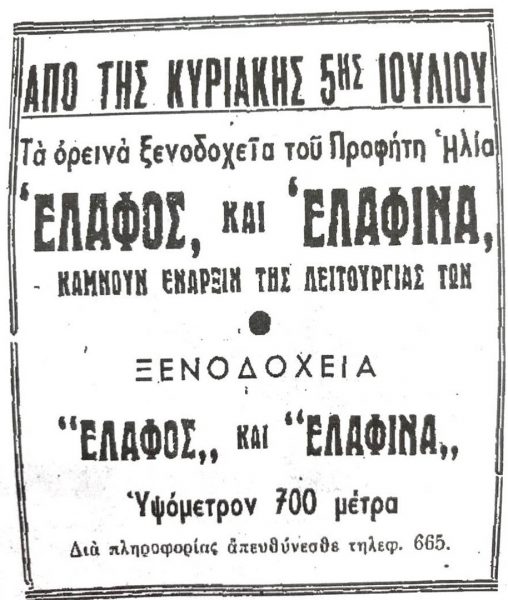
The “Elafos and Elafina” hotel complex is located on the slopes of Mount Prophitis Ilias. It is built at an altitude of 730m. near the Byzantine monastery of the Prophet Elijah-Profitis Ilias, near the village of Salakos, approximately 40 kilometers South of the city of Rhodes. It consists of two separate buildings. The first called “Elafos” is a three-story building with a basement and the second, “Elafina” is a two-story building, also with a basement.
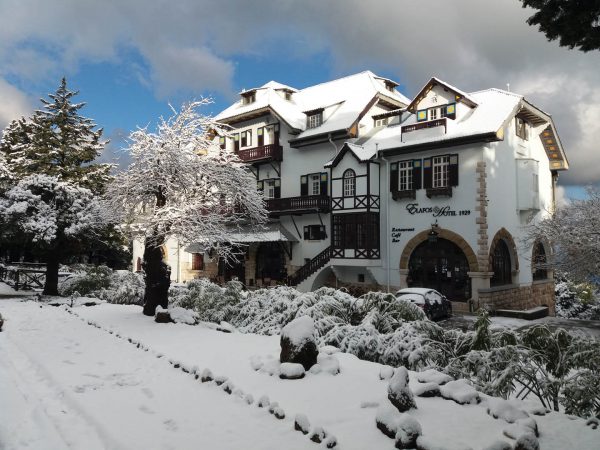
Speaking to OT, the owner and manager of the hotel, Andreas Michailidis, states that the new management, with its actions, aims to highlight the complex as a center for spreading the history and culture of the place, as well as to promote the idea of highlighting alternative forms of tourism and touring the rich nature of the area.
“This is done through the organization of cultural, historical and technical seminars and events for the management of the natural environment. Schools and educational institutions are also invited,” says Mr. Andreas Michailidis, adding that through the management’s actions “in 2017, the area was classified as a historical site and the buildings as historical monuments”.
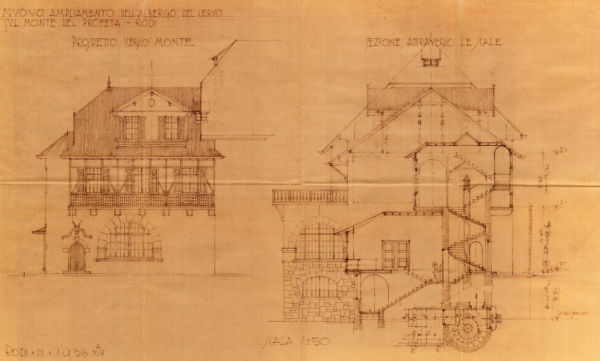
Investment with respect to history
“The investment is about the maintenance and preservation of the character of the buildings and it also has to do with the preservation of their styles and technology. Also the goal is the smooth adaptation of the complex to modern needs”.
The difficult winter wager
Asked about the bet of winter tourism, Mr. Michaelidis states that “winter is a difficult target, if one takes into account that the movement to and from the island costs up to ten times more expensive than the charter prices of the summer”.
However, the mountainous landscape with its unparalleled beauty has all the potential to offer Rhodes an attractive proposition in the island’s efforts to become a 12-month tourist destination.
Profitis Ilias is completely covered by pines and cypresses, by rare species of shrubs and plants, such as Peonia Rhodia, and orchids (10 species grow only on Rhodes).
The area that starts from Kamiros and includes Profitis Ilias, Attavyros, Akramytis, Kymisala, Vassilikos, Fournos up to Prasonisi is protected by the European program NATURA 2000, for its natural beauty. 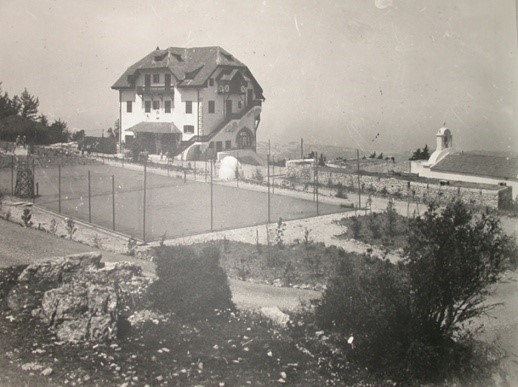
The fire
Referring to the recent devastating fires, Mr. Michaelidis said that “the lack of planning and infrastructure to protect our forests was clearly seen. The ordinary voluntary citizens selflessly took the situation into their own hands, at the critical hours, and thus the mountain of the prophet Elias was saved”.
“The fire, however, in addition to the precious nature, also burned other areas of the island’s tourist areas, as a result of which the visitors were moved away, for safety reasons, to other destinations. This event significantly dropped turnovers (-70%) in a period of full operation of the tourism mechanism, which needs revenue to cope with its required mandatory flows. The economic recovery will be difficult also because the prices have fallen with offers, in order to be attracted”, he emphasizes characteristically.
However, he hastens to emphasize that the spirit of the hotel’s management is “don’t ask what the country can do for you, but see what you can do for the country”. 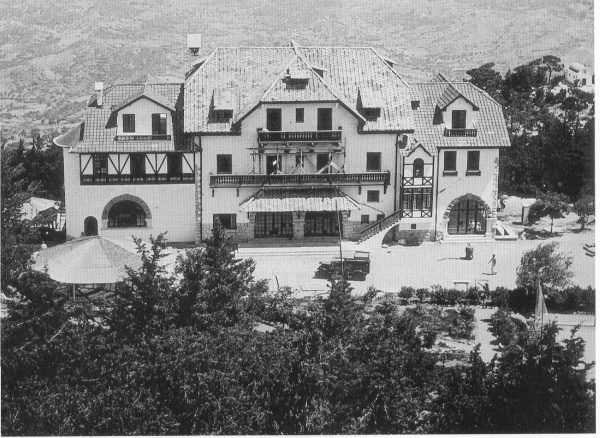
A story like… a fairy tale
Between 1927 and 1928, the Italian governor Mario Lago set himself the goal of exploiting at a tourist level the natural attractions of the mountainous landscape of Mount Profitis Ilias, alongside the promotion of the island as a destination for… baths.
The architects Florestano di Fausto and Rodolfo Petracco designed the Elafos hotel near two settlements (Apollona and Eleusa), highlighting a panoramic position and easily accessible, from a road built for this purpose. It was named Albergo Del Cervo (lodge of the Deer), after the rare species of Dama Dama deer, which lives exclusively in the mountains of the island. The first building was managed by Giovanni Calmieri and contained eighteen rooms with twenty-eight beds, bathrooms, electric light, running water and telephone. The surrounding area was designed and equipped with a tennis court, a rotunda for dances and a courtyard covered with a pergola, while a little higher there was a parking area. At the beginning of 1930, the new governor of the Dodecanese, Cesare De Vecchi, one of the four most important figures in the Mussolini government, proceeded to build a 2nd hotel complex just 100m from Elafos. 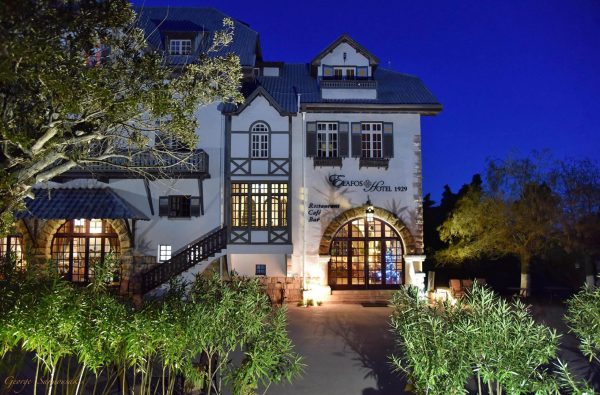
The new building, Elafina (Cervina), included 24 rooms, sanitary facilities and a lounge. After a few years, in 1936, an additional extension was made to the existing Elafos building, in which the original building now forms the central part between two new lower wings. Extensions were completed in 1937, with forty rooms, with a total capacity of seventy beds. In the same year, the management of the hotel passed to the company Savia, which managed all the tourist facilities of the island. The building, with an alpine character, is far removed from other architectural examples of the period in the Dodecanese, since the idea was born together to connect the mountainous location of the Profitis Ilias with Trentino – Alto Adige. An independent Austro-Hungarian state of Northern Italy, extremely popular, founded in the 8th century and annexed by Italy in 1919.
Latest News

New Exposé by Domumento Reveals Nefarious Triangular Link of ‘Black Money’ with New Democracy, Blue Skies, & Truth Team
The latest exposé by the Documentonews.gr news site lays bare what appears to be a surreptitious path of indirect financing of ND through the business sector—transactions that, as widely understood, rarely occur without expectations of reciprocal benefit

PM Meloni Meets Vice President Vance in Rome Signalling Optimism on Ukraine Talks
Meloni emphasized the strength and strategic value of the Italy-U.S. partnership.

Airbnb: Greece’s Short-Term Rentals Dip in March Amid Easter Shift
Data from analytics firm AirDNA shows that average occupancy for short-term rentals dropped to 45% in March, down from 49% the same month last year.
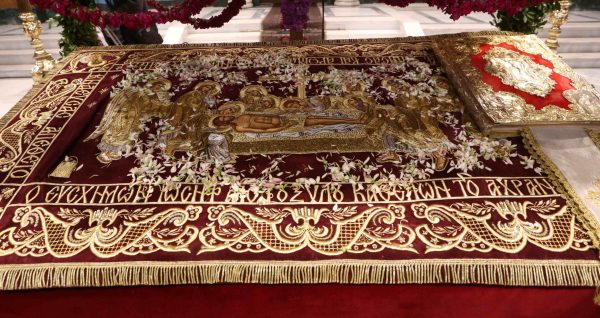
Easter Week in Greece: Holy Friday in Orthodoxy Today
At the Vespers service on Friday evening the image of Christ is removed from the Cross and wrapped in a white cloth

Meloni and Trump Meet in Washington, Vow to Strengthen Western Ties
“I am 100% sure there will be no problems reaching a deal on tariffs with the EU—none whatsoever,” Trump stressed.

ECB Cuts Interest Rates by 25 Basis Points in Expected Move
The ECB’s Governing Council opted to lower the deposit facility rate—the benchmark for signaling monetary policy direction—citing an updated assessment of inflation prospects, the dynamics of underlying inflation, and the strength of monetary policy transmission.

Current Account Deficit Fell by €573.2ml Feb. 2025: BoG
The improvement of Greece’s current account was mainly attributed to a more robust balance of goods and, to a lesser extent, an improved primary income account
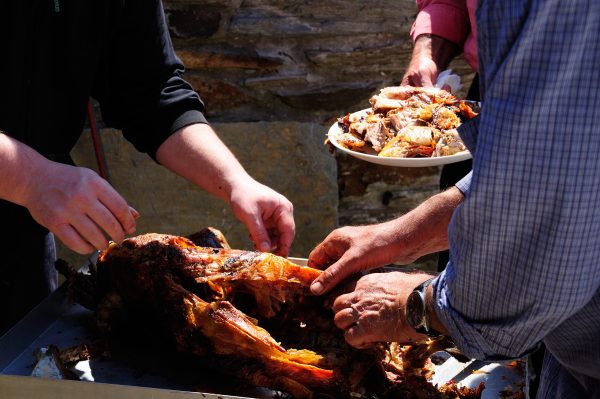
Hellenic Food Authority Issues Food Safety Tips for Easter
Food safety tips on how to make sure your lamb has been properly inspected and your eggs stay fresh.

Greek Kiwifruit Exports Smash 200,000-Ton Mark, Setting New Record
According to data by the Association of Greek Fruit, Vegetable and Juice Exporters, Incofruit Hellas, between September 1, 2024, and April 17, 2025, kiwifruit exports increased by 14.2%.
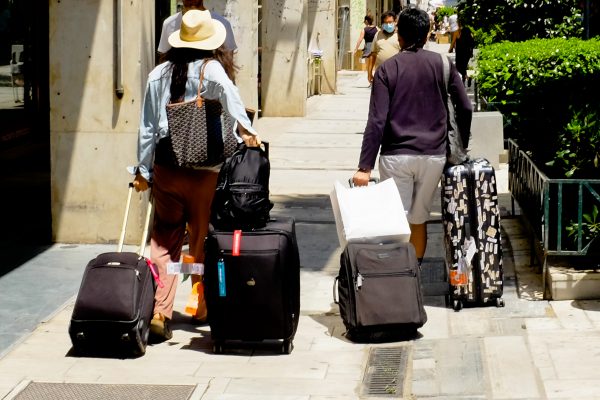
Easter Tourism Boom: Greece Sees 18.3% Surge in Hotel Bookings
Among foreign markets, Israel has emerged as the biggest growth driver, with hotel bookings more than doubling—up 178.5% year-on-year.







![Πλημμύρες: Σημειώθηκαν σε επίπεδα ρεκόρ στην Ευρώπη το 2024 [γράφημα]](https://www.ot.gr/wp-content/uploads/2025/04/FLOOD_HUNGRY-90x90.jpg)





![Airbnb: Πτωτικά κινήθηκε η ζήτηση τον Μάρτιο – Τι δείχνουν τα στοιχεία [γράφημα]](https://www.ot.gr/wp-content/uploads/2024/07/airbnb-gba8e58468_1280-1-90x90.jpg)











![Επιχειρήσεις: Με τι επιτόκιο δανείζονται – Πώς θα ξεκλειδώσει περισσότερη ρευστότητα [γράφημα]](https://www.ot.gr/wp-content/uploads/2025/04/daneia-trapezes-768x432-1-600x338.jpg)



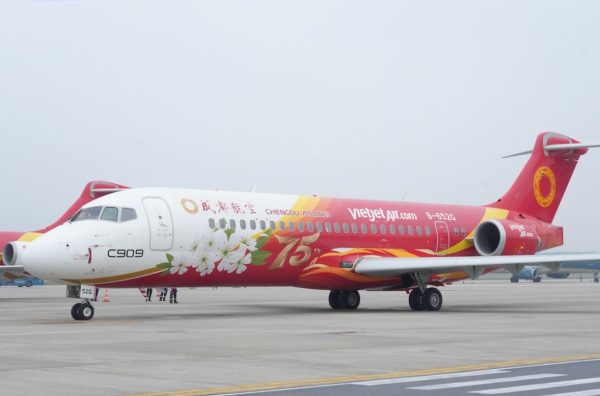
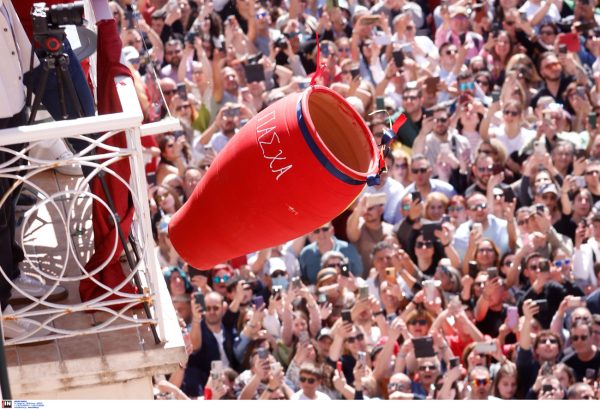

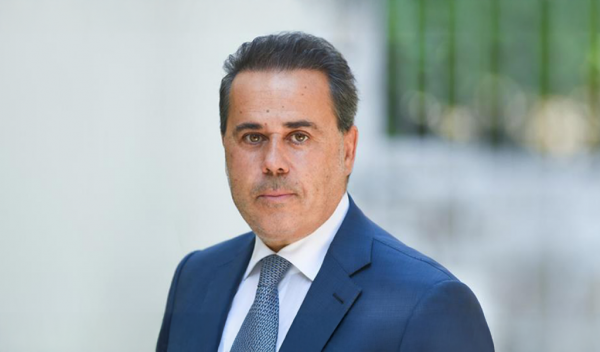

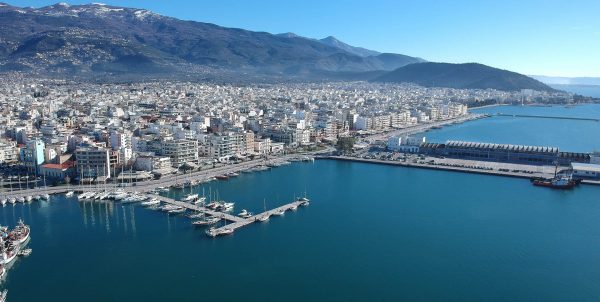


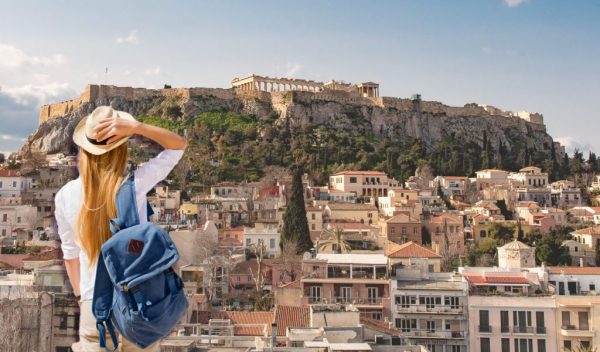


 Αριθμός Πιστοποίησης
Αριθμός Πιστοποίησης